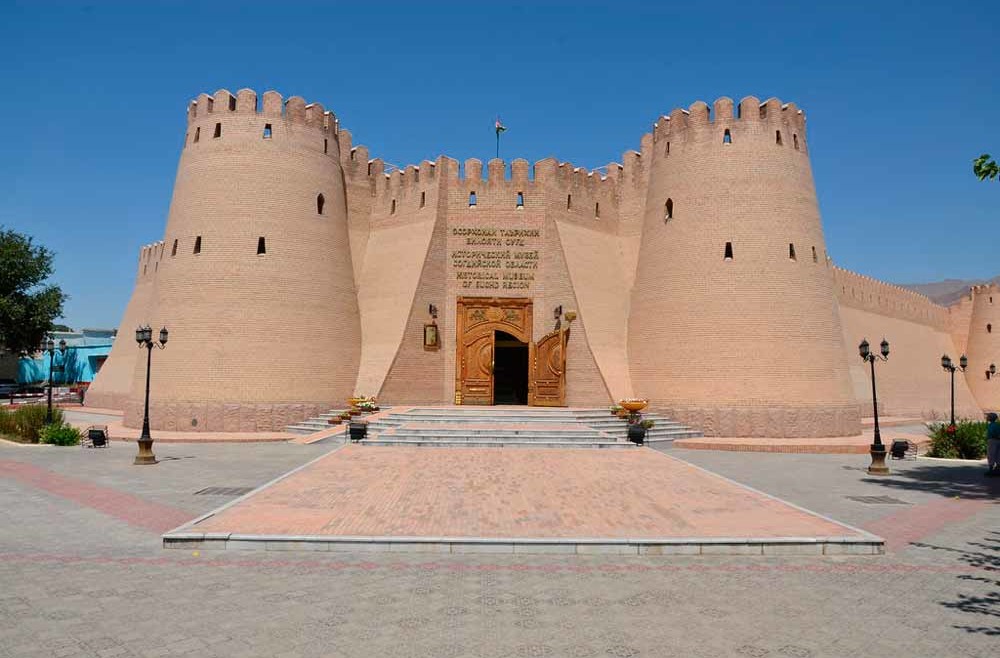Khujand Fortress was founded in VI-V centuries BC. According to the data obtained by the North Tajik archaeological complex expedition (STAKE), Khujand Fortress was first surrounded by an embankment, later by a wall of considerable thickness of raw material.
The city and the citadel-components of ancient Khujand, had separate fortress walls surrounded by a wide and deep moat filled with water. The remains of these fortifications were found under the Central part of the left Bank of Khujand and surround the territory of the ancient city with an area of 20 hectares.
In VI-VII centuries a new Fortress was built. Medieval Khujand consisted of three main parts: the citadel, Shahristan and rabad. The citadel was located on the banks of the Syr Darya at the gates of rabad. The medieval Khujand Fortress was considered one of the most fortified in Central Asia.
During the invasion of Genghis Khan (1219-1220) for the siege of the city was sent 25 thousand troops with 50 thousand Central Asian prisoners. The heroic defense of The Khujand Fortress and the nearby island on the Syr Darya under the leadership of Timurmalik is one of the brightest pages in the history of the liberation struggle of the Tajik people. As a result of the Mongol invasion Khujand fortress was destroyed. According to the historian Hofiz abru, at the beginning of the XV century the Fortress lay in ruins. According to Zahiriddin Babur at the end of the XV century the fortress was restored and was the residence of the local ruler.

